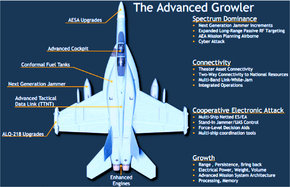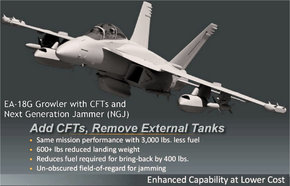Disagree your looking at it with hindsight and capabilities coming over the next few years. The FB-22 was cancelled because of budgetary reasons not the capability set USAF required at the time frame. FB 22 was set to become 21st century version of the F111 but also be consistent with improved stealth capabilities, precision strike capability, and the ability to defend itself against enemy fighters deeper behind the FEBA than currently available. Something deeply needed within the RAAF with our limited number of AAR tanker and super hornets
Respectfully, no I was and am not.
I had a relative who worked on portions of the B-1 bomber, the F-111D, and back in the mid-80's the Lockheed portion of the ATF (Advanced Tactical Fighter) which ultimately led to the development and production of the F-22 Raptor. In talks with him about various defence projects he had been a part of, I came to certain conclusions about aspects of US defence development and procurement.
One of the things to keep in mind is that there can be a vast difference between what a service might want, and what it requires in order to function.
With that in mind, consider a timeline of US aircraft and PGM developments and service histories.
The requirement for what became the F-22 came out in 1981, with RFP's in 1986, and YF-22 prototypes in 1990.
The initial programmes which lead to the F-35 Lightning II/JSF kicked off in 1993.
In 1994 initial production examples of the F-22 started being manufactured.
What became the AGM-158 JASSM programme started in 1995.
The F-111 was retired from US service in 1998, without any development programme running for a replacement.
The AGM-154 JSOW also entered service (not development, but service) in 1998.
The SLAM-ER version of the AGM-84 Harpoon reached IOC in 2000.
With all the above listed, there are/were several things which IMO had implications people have overlooked.
The first is regarding the budget. While yes, FB-22 development apart from some studies and drawings might have been terminated in 2006 due to costs, if the USAF had considered the role/capability truly important to the future USAF OrBat, then other programmes would have felt the fall of the budgetary axe.
Relating to the importance, or lack thereof, the USAF retired the F-111 in 1998 after ~31 years of service, without a direct replacement. To me, this speaks volumes and in much the same way as did/does the US and other navies decommissioning and ceasing production of battleships.
The third item is that the US, at the time the decision was made to pull the plug on the FB-22 studies, had just finished getting a 5th gen LO fighter platform into service after 24 years, and had another 5th gen LO platform that had been in the works for 13 years (and would be another 9 years before entering service). What that would strongly suggest to me is that developing other 5th gen LO attack, strike, or bomber platforms would likely take years of development work and associated resources. I can certainly see how the DOD and USAF had other, higher priorities in 2006.


